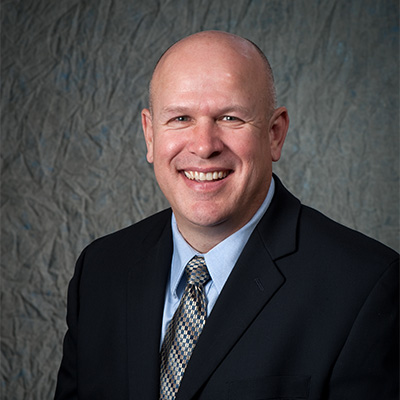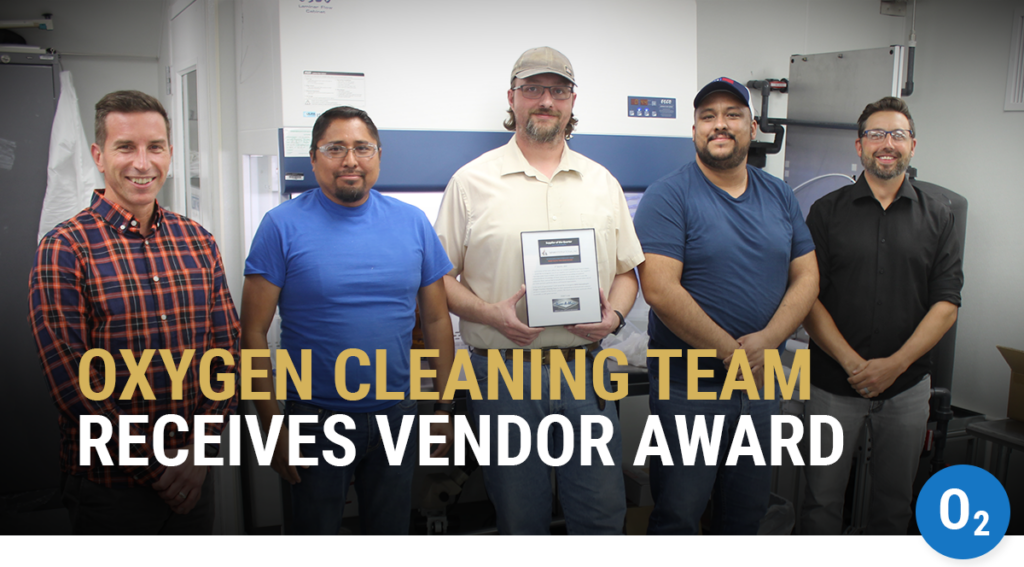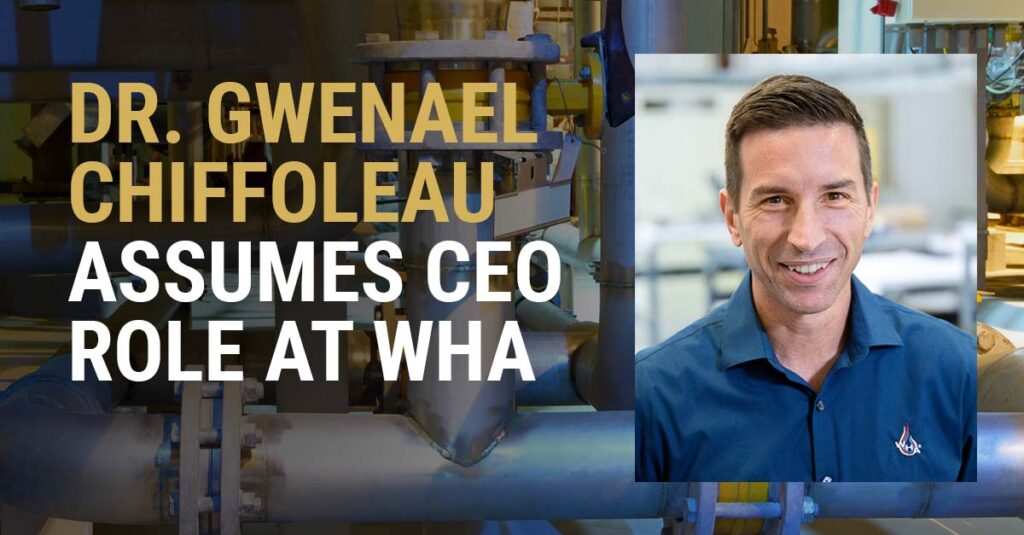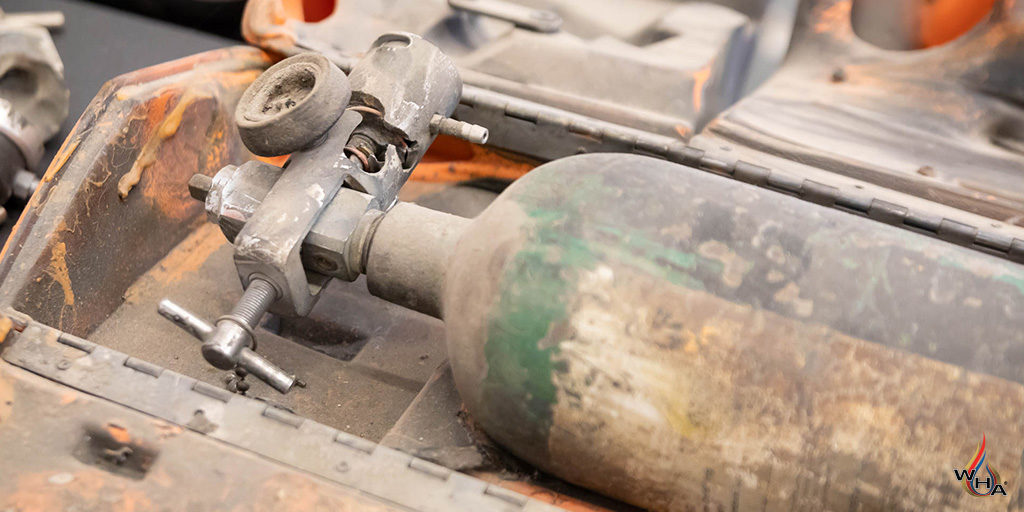10 Minutes with Barry Newton
This feature initially appeared in Gasworld Magazine on September 3, 2018. It has been republished with permission…

Thanks for taking 10 minutes out with GasWorld. What have we interrupted in your schedule today?
Actually, I don’t view this to be an interruption at all. I have found Gasworld to be a valuable resource for keeping track of the trends for the changing technology and landscape within the worldwide gases industry. The information and technology innovations reported in Gasworld have been quite valuable in influencing our strategic plans for WHA.
But, if you are asking about a “day in the life” at WHA, then today we are working on a safety review to sample some synthesis gas cylinders that contain a highly reactive gas and preparing for ignition energy testing that will cause energetic decomposition.
For those of our readers who may be unfamiliar with WHA International, could you tell us a bit about the company and its role in the gases industry?
WHA International began in 1987 as Wendell Hull & Associates, named after our founder Dr. Wendell Hull. We quickly began to be referred to as WHA for short and in 2014 changed our name to WHA International to represent our worldwide client base. WHA started as an engineering consulting firm that specialized in the forensic investigation of accidents, including fires in high-pressure oxygen systems. Most of our engineers, including myself, came from the National Aeronautics and Space Administration (NASA) and the aerospace industry and were fortunate to be involved in the development of the NASA test systems for compatibility testing and qualification of materials and components used in the Shuttle Orbiter and International Space Station programs. In fact, among our current engineers we worked on the first 116 Shuttle Orbiter flights and some of our engineers were part of NASA’s Apollo Space program. With that background, we began our commercialization of many of the NASA unique test systems, and in the early 1990’s we began conducting tests on materials and components for companies developing high-pressure oxygen and hydrogen technologies. Many of the tests such as metals promoted burning in oxygen, that were developed at NASA, are now ASTM International and ISO standard tests. During that same time,WHA also began to develop our five core service areas: 1) failure analysis and forensic engineering to evaluate pneumatic system failures, 2) safety training for high-pressure oxygen and hydrogen systems, 3) materials and component compatibility/qualification testing for use in high-pressure liquid or gaseous oxygen, 4) oxygen and hydrogen fire risk analysis and mitigation, and 5) precision cleaning of materials and components for use in oxygen. Currently WHA is focusing on these five core service areas and have worked in 48 countries worldwide performing one or more of these services. We currently have projects with all the major tier-one gas companies worldwide, and with many component or technology suppliers, and greatly benefit from these valuable associations.
What developments or projects is WHA International bringing to the market in 2018/19?
WHA is constantly trying to improve its five core service areas; but, we recognize that we trade primarily in technology development and the advancement of science in our areas of competence. We constantly try to improve our understandings of oxygen compatibility and mitigation of fire hazards. We feel that we have something to offer industry primarily when we have advanced these safety technologies. We are currently conducting research that will improve our understanding of several common ignition mechanisms such as particle impact, mechanical impact, and compression heating ignition to a level that will allow quantifiable risk rankings (removing some of the current subjectivity) so that reliability statistics for a material, component, or system risk can be more accurately estimated. Quantifiable ignition risk and reliability for materials used in high-pressure oxygen and reactive gases is a current focus of our technology development.
What’s driving growth for WHA International at the moment?
Technological advancements worldwide have allowed oxygen and other common medical gases like nitrous oxide to be stored, transported, and used at higher pressure and with much wider distribution, especially in home medical applications. But accidents have also increased with the wider use of oxygen and the increasing demand for higher pressures. Even though safety technologies in the industry have also rapidly advanced, the increasing demand and overall volume of oxygen and reactive gases being used has increased the number of accidents that need explanation and/or new qualification test methods. Failure analysis, safety testing, and risk training have been WHA’s core technologies since the late 1980’s and continue to lead our growth trends (along with our outstanding staff and consultants, of course).
What place is at the top of your bucket list to visit and why?
Prague in the Czech Republic. I’ve been fortunate to visit many of the inspiring European and Asian cities but somehow, I’ve not made it to Prague yet even though it’s a destination for several of the standardization committees that I’ve worked with over the years. I’ve heard the city and bridges are beautiful and I’d love to experience the culture and explore its rich history.
Who or what is the biggest influence in your career so far?
That influence would have to be the space program and especially the development of the oxygen safety technologies and test systems at the NASA White Sands Test Facility (WSTF). I came to NASA in the early 1980’s when many of the tests to evaluate metals, non-metals, and component compatibility with oxygen were being developed. I was fortunate in my early career to be able to interact with many brilliant engineers and scientists within NASA at that time. WHA and I have also been fortunate to learn from our interactions with many of the gas company scientists through standardization committees such as ASTM International, the Compressed Gas Association (CGA), and the International Standards Organization (ISO) who have led the technological developments in the production, distribution, and handling of high-pressure gases, including oxygen, throughout the world. The contributions of these scientists have greatly contributed to the development of WHA’s current service areas.
If you could give one bit of advice to your younger self, what would it be?
I would encourage myself to be more curious, constantly learn from others, and develop/encourage out-of-the-box thinking. People are our best resources and ideas are fragile, deserving exploration.
What’s next for WHA International?
WHA would like to continue our technology developments and grow our strategic partnerships within the industrial gas market. We believe that we can provide valuable support to gas companies, equipment suppliers, and vendors in testing, training, and mitigating fire hazards in oxygen and other hazardous fluid systems. By developing technologies and improving our understanding of hazardous fluids, we expect many opportunities for improving gas system safety.
Share this entry
Related Articles
Oxygen Cleaning Service Team Receives Vendor Award
WHA’s oxygen cleaning service team recently received recognition from its client, Trace-A-Matic, for excellent service in a…
Dr. Gwenael Chiffoleau Assumes CEO Role at WHA
We are thrilled to share some exciting news about a significant transition within our organization. After 34…
Oxygen Cylinder Safety
An oxygen tank, or “oxygen cylinder,” is a pressurized container that stores and transports oxygen in its…
Request an expert
consultation
Contact us to request a free consultation with an experienced engineer who can help you better understand your needs and our solutions.



